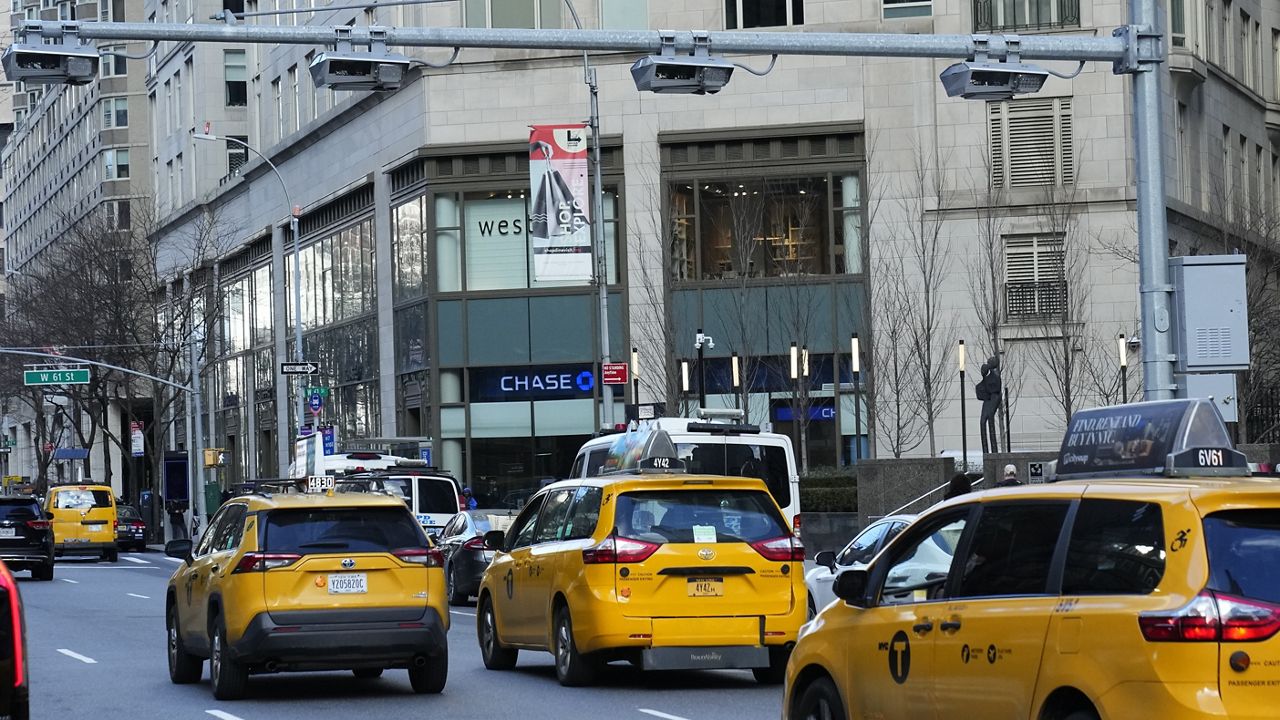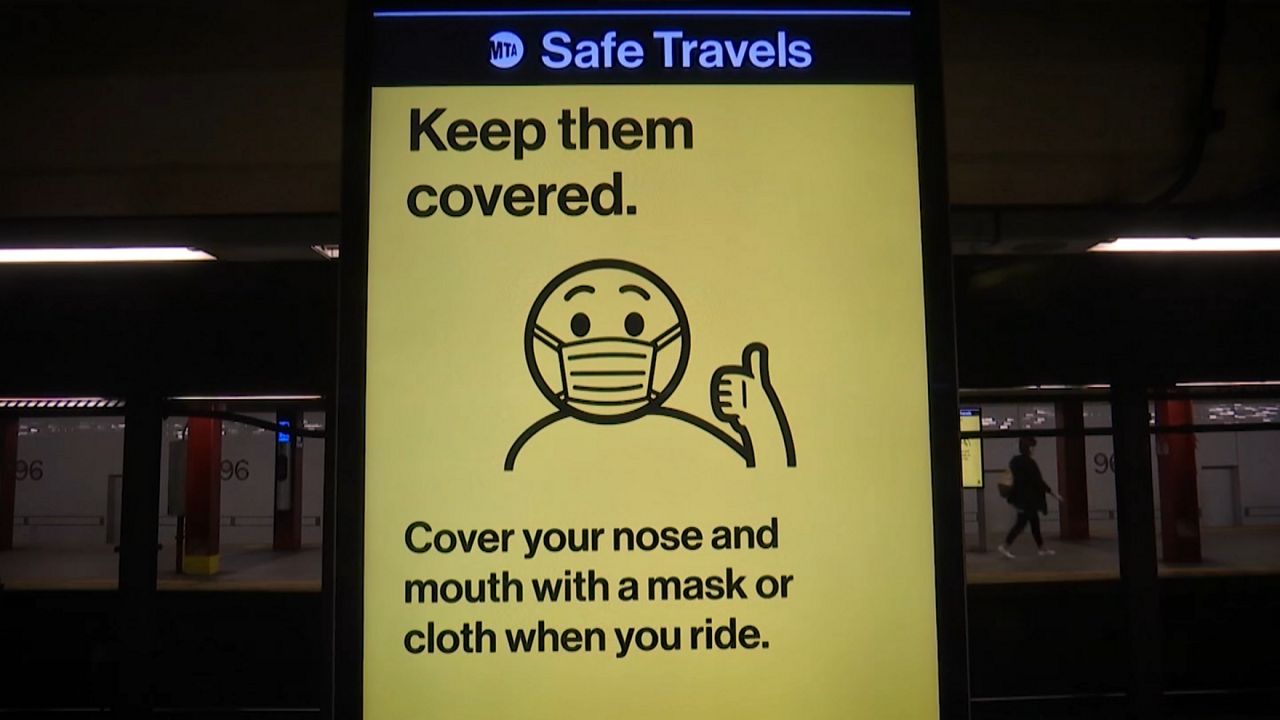As a participant in the MTA’s E-Hail Pilot Program for disabled riders, Xian Horn says being able to move around the city at-will has been life-changing.
“With the taxi app, I put in my address and where I’m going and if a ride doesn’t show up, I just book another one,” Horn explained. “Before this program, I was constantly saying no to all these things that I would love to participate in.”
What You Need To Know
- The MTA is looking to make changes to the E-Hail pilot program after finding that the service overwhelmingly benefited just 6% of participants
- Phase two of the program will include a monthly cap on rides
- Participant Xian Horn and other advocates say the MTA is punishing all of the riders for the actions of a few
Horn says the subsidized cab rides are far more convenient than bus rides that take up to two hours, or the up to two hour waits she’s experienced on the para-transit service Access-A-Ride, which also requires users to book a day ahead.
The E-hail pilot program launched in 2017, offering unlimited rides to some 12,000 Access-A-Ride customers.
Now, the MTA is looking to make changes after finding that the service overwhelmingly benefited just 6% of participants.
Officials say that group’s usage accounted for half of the program’s budget and brought the annual cost to roughly $98,000 a year per top customer.
Phase two of the program will include a monthly cap on rides.
“Cutting us down to 25 rides a month or 40 rides a month is more than just saying it’s too expensive. It’s saying your time does not matter because, basically, they’re forcing us back to the old model,” said Horn.
She and other advocates say they’re punishing all for the actions of a few.
“You can’t justify taking away an entire program that fills in a huge gap, a huge freedom gap let’s call it for New Yorkers with disabilities just because there might be a small percentage of people who will take advantage of it,” said Anastasia Somoza, a disability rights advocate.
MTA officials say phase two makes the program financially feasible with a cap that won’t impact the majority of riders and allows them to expand it to an additional 2,400 riders.
It also brings the program in line with its intended use as a supplement to other public transit options.
“What we saw was that not many people were using it that way. They were using it exclusively, and that is the behavior change that we are looking to learn from,” said Quemuel Arroyo, MTA’s chief accessibility officer.
The changes are designed to bring more flexibility to more riders.
“Tripling the number of participants will bring in more people. Putting parameters to the program will help us learn how customers are riding in the system,” said Arroyo.
But, Horn says the MTA’s plan maintains limited options for disabled riders.
“They were really saying no to 174,000 people who desperately need same-day options,” said Horn.






_PKG_DOT_BQE_Improvements_CG_131225588_368)

